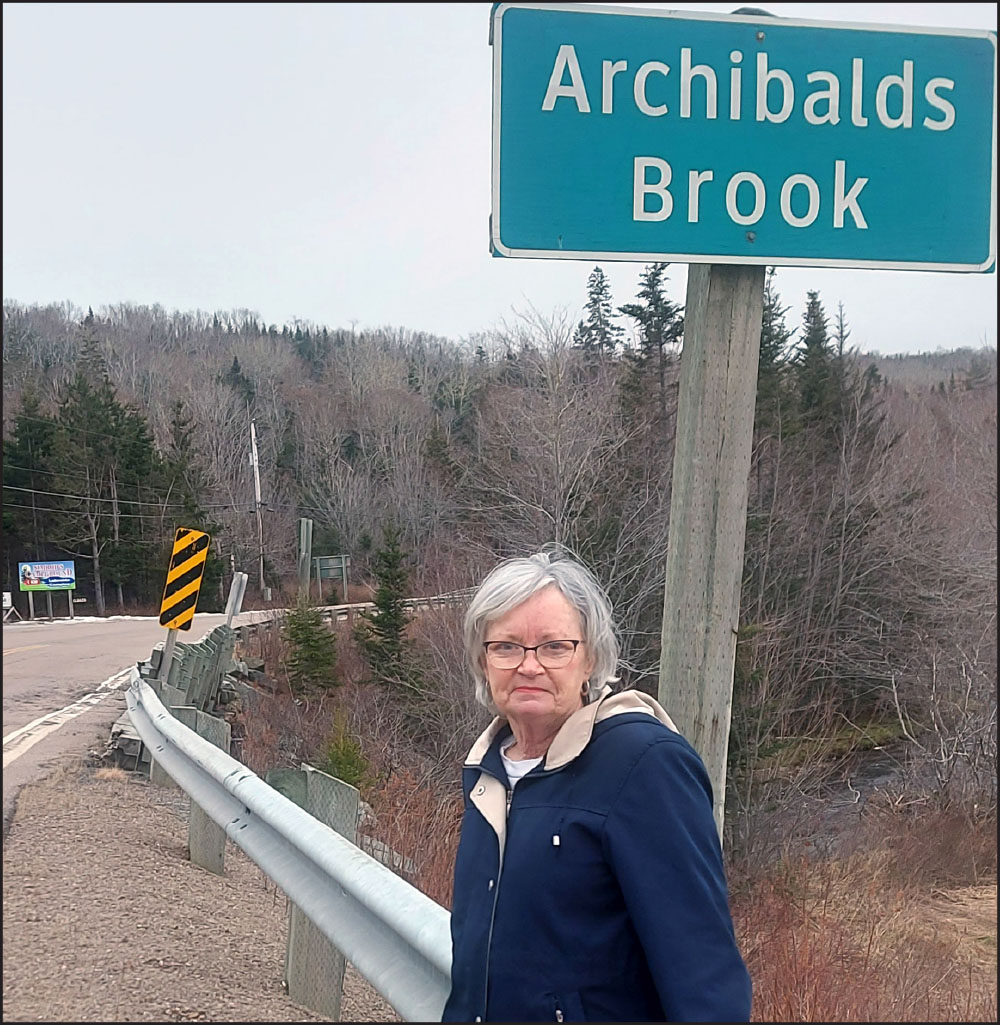ST. MARY’S – Rural decline may be taking the stuffing out of public finances across Nova Scotia, but the Municipality of the District of Saint Mary’s is the picture of health thanks to sound financial management, says Chief Administrative Officer Marvin MacDonald.
“That’s our focus,” he told The Journal in an interview last week. “With the relatively low revenue we have to work with we need to concentrate on what is important to the residents.”
MacDonald’s comments came following the release of the municipality’s 10-year budget record, which shows operating revenue and surplus in 2019-20 were 25 per cent higher and almost three times greater, respectively, than 2009-10 levels.
“Over the past five years we have increased efforts to collect on outstanding tax accounts and have improved our financial indicators in that area,” he said. “We also watch our long-term debt and our debt servicing ratios to ensure that stays in a reasonable range for a municipality of our small size.”
The budget report shows total operating expenditures of $3,363,913 on operating revenue of $3,455,095 for a surplus of $91,182 in 2019-20. That compared with spending of $2,735,559 on revenue of $2,771,679 for a surplus of $36,120 in 2009-10.
“We’ve been picking up a little increase on residential property taxes,” MacDonald added. “Our biggest challenge on that score remains commercial.”
Since the outbreak of the pandemic, St. Mary’s has experienced a modest home-buying boom, as a growing number of urbanites from other parts of Canada snap up properties in the district.
“We’ve seen a lot of movement since [last] March,” Marian Fraser, the municipality’s director of finance, said in an interview last month. [There’ve been] increases in both the volume and value of deed transfer taxes to the area over the summer and fall. We don’t have exact numbers, but half-a-dozen properties or more [have been sold].”
According to the budget report, residential property and resource tax rates rose by 16 per cent to 95 cents in 2019-20, from 81 cents in 2009-10 (per $100 of assessed value). The commercial tax rate increased to $2.26, from $2.12, over the same period.
The costs of sewer and solid waste rose to $618,549 last year, up from $363,266 a decade ago. Other budget bumps include: education ($561,724, from $522,545); policing and correction ($519,736, from $425,899); and recreation and library services ($380,742, from $142,035).
The cost of general government services – which includes everything from council members’ remunerations and staff salaries and benefits to property valuation and legal services – declined to $730,229 in 2019-20, from $789,030 in 2009-10.
“We have to focus on what the residents need and watch our spending, accordingly,” said MacDonald.








